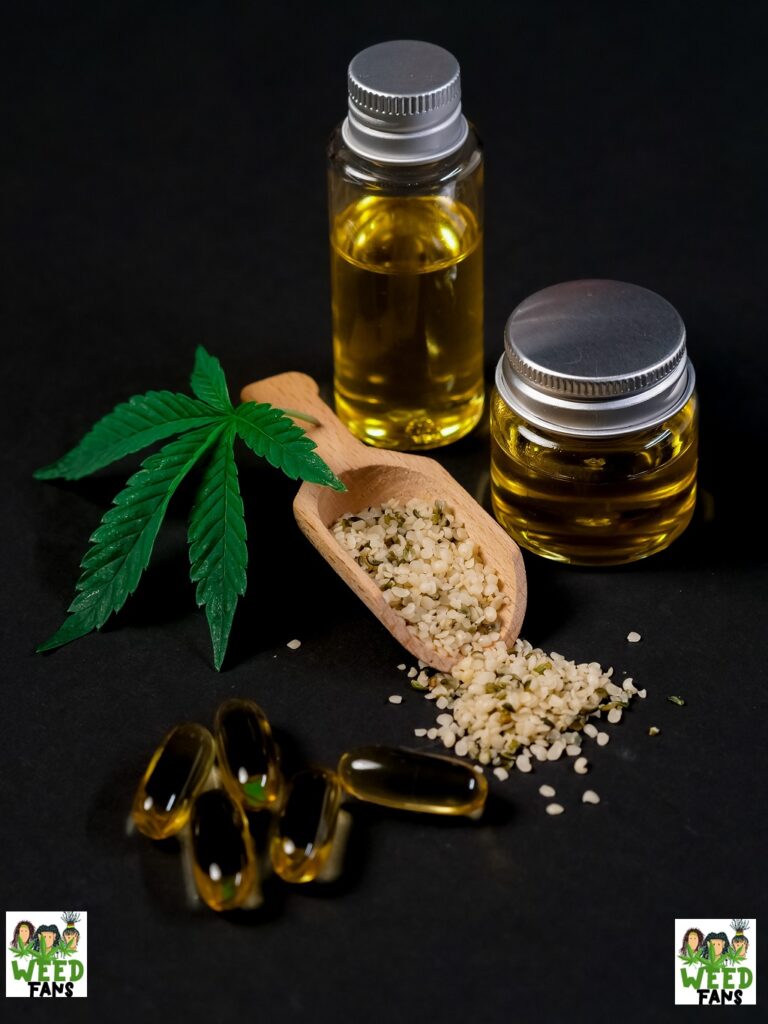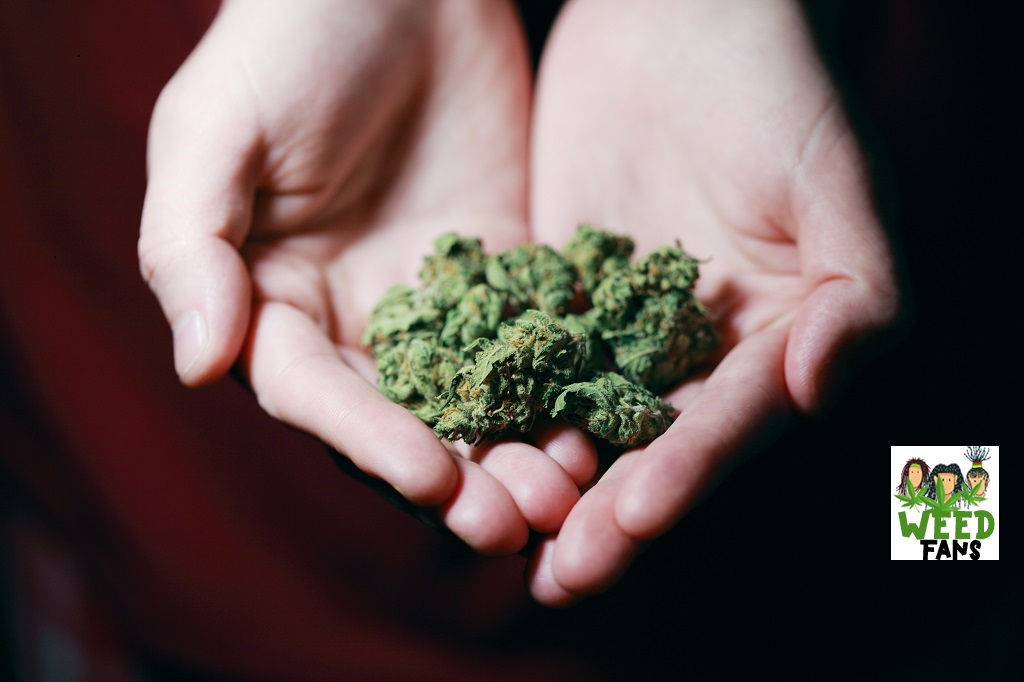Introduction:
To some extent, one of what marijuana truly does to your brain, we followed the disclosure of the cannabinoid receptor. Finding the receptor is the initial phase in deciding how smoking causes a high. The subsequent stage is to understand where cannabinoid receptors are and what they’re doing.
In 1989, the year after the cannabinoid receptor was found, Miles Herkenham drove a gathering of analysts at the National Establishment of Emotional wellbeing to discover where cannabinoid receptors were situated in mind.
He originally gathered cerebrums of three expired people whose bodies had been given to science. Next, he cut the reasons to evaluate the number of cannabinoid receptors in every locale. At that point, he named CP-55,990, a similarly manufactured rendition of THC used to find the cannabinoid receptor, with a radioactive type of hydrogen iota called tritium. He squirted the radio-named CP-55,990 onto the mind cuts and afterwards took pictures of them utilizing touchy film to tritium. He found the receptor in numerous pieces of the mind; however, he most thickly stuffed them in the hippocampus, amygdala, striatum, and cerebellum.
1. Impaired memory:
Marijuana may not pulverize memories, yet it can keep you from framing new ones. For example, specialists test memory by perusing a rundown of words to somebody and later requesting that they rehash the rundown or perceive the first words from another rundown. Various examinations demonstrated that when the scientist read the comments before members smoked, the members recollected the words similarly if the joint contained marijuana or a fake treatment. On the off chance that the specialist read the words after members smoked, in any case, they recollected less if the joint contained marijuana.
Since we realize that marijuana can disturb memory, the imaginable objective in the cerebrum is the hippocampus, the locale generally connected to memory development. When cannabinoid receptors in the hippocampus are actuated, they meddle with a phone procedure called long haul potentiation, a dependable promoter of cross-talk between neurons. Reading for a test high may not be the best thought since THC disturbs the hippocampus’ cell procedure of making new memories.
2. Reduced anxiety:
A gathering of different sclerosis patients was given marijuana as an exploratory treatment, and they revealed a predictable symptom. Around 89 per cent detailed diminished uneasiness after smoking. Since customary marijuana clients will generally have higher than ordinary tension levels, they may smoke to some extent to facilitate their stresses. The cerebrum creates a substance, anandamide, that objective the cannabinoid receptor, the body’s type of THC. Anandamide gets deactivated by a compound called FAAH, or unsaturated fat amide hydrolase.
A gathering of specialists at the National Establishment on Liquor Misuse and Liquor abuse infused a substance into the amygdala area of mice minds to square FAAH from deactivating anandamide, which permits it to have longer-enduring impacts. The amygdala has a high centralization of cannabinoid receptors and is the mind district most connected with dread and uneasiness. When FAAH was hindered in the amygdala, mice were less terrified of prompts recently combined with stuns.

3. Disrupted motor control:
The best centralization of cannabinoid receptors lives in the striatum and substantia nigra, portions of the cerebrum answerable for organizing development. These mind areas additionally decay in Parkinson’s Infection. Like Parkinson’s, one of the mark impacts of THC is poor engine control. That is somewhat why marijuana, similar to liquor, bargains driving capacity. An ongoing report from a crisis room in Canada found that 20 per cent of drivers harmed in fender benders had THC in their blood, even though, as indicated by UN gauges, just 4 per cent of the populace smoked in the previous year.
A gathering of analysts got some information about their driving propensities. First, it confirmed that the drivers were multiple times liable to crash when they were high contrasted with when they drove calm simultaneously.
4. Elevated heart rate:
“I vaped a lot of weed the previous evening, and I tallied my pulse at 120 beats for every minute. “Increased pulse is a typical impact of marijuana, frequently prompting a 50 per cent expansion in instants every moment. Pinnacle pulses normally happen 15 minutes after pinnacle THC fixations. Studies have discovered that the hazard for a coronary episode is 4.8 occasions higher in the hour after smoking marijuana contrasted with the prior hour (4.8 events, a modest number, in any case, is as yet a fair number).
In light of this proof, the expansion in pulse in the wake of smoking marijuana likely happens when THC enacts cannabinoid receptors in mind.
5. Reduced pain:
Going back more than 1,500 years, one of the soonest recorded employments of weed was too numb agony during surgery. They didn’t have magnifying instruments for taking a gander at nerve cells in those days; however, they were at that point watching something that cutting edge neuroscientists had just clarified in the previous 20 years.
Many of the nerve cells in our body that convey torment signals have cannabinoid receptors, from the body to the spinal rope up into the cerebrum. When analysts actuated the cannabinoid receptors in the spinal strings of rodents, they would leave their tail on a hot plate for longer before moving it, proposing that it didn’t hurt to such an extent.
Is it safe to use marijuana while breastfeeding?
The body processes marijuana gradually, in contrast to different medications and liquor. It stores marijuana in fat cells, which means it can stay in the body for quite a long time or more.
Since the body utilizes fat to make breast milk, the marijuana may go into the milk and the baby. This implies marijuana that entered the circulatory system weeks before can, in any case, get into the breast milk.
Research commonly centres around how much marijuana goes to the baby and whether it is destructive. However, numerous more seasoned examinations have indicated that marijuana passes to the baby and may have unfriendly impacts.
Can marijuana help treat asthma?
Studies have proposed that a portion of the parts in marijuana may profit individuals with asthma. Therapeutic marijuana can allude to the entire plant, or it tends to be a functioning element of marijuana taken from the plant and transformed into a drug.
It is essential to take note of the distinction between recreational and therapeutic employments of marijuana. For recreational purposes, numerous individuals smoke marijuana. In any case, smoking can negatively affect lung wellbeing, particularly for asthma patients.
How long can you detect marijuana in the body?
The same study emphasizes that detection windows vary depending on how often a person smokes.

It showed:
For someone smoking marijuana for the first time, tests may detect it for about three days.
In someone who smokes marijuana three or four times per week, the detection window is 5–7 days.
For people who smoke marijuana once a day or more, tests may detect it in their system for 30 days or longer.
Detection windows additionally rely upon the sort of test an individual embraces. General assessments for different marijuana tests are as per the following:
1: Urine tests can distinguish marijuana for around 3–30 days after use.
2: Spit tests can identify marijuana for roughly 24 hours after use. Some spit tests have distinguished marijuana for as long as 72 hours.
3: Hair tests are the most delicate tests, identifying THC for as long as 90 days after use. Notwithstanding, these tests are trying the oil in skin that moves to the hair; thus, they may once in a while show a bogus positive. An individual who comes into contact with a THC client could test positive on a hair test hypothetically.
4: Blood tests can distinguish THC for 3–4 hours.
THANKS.
